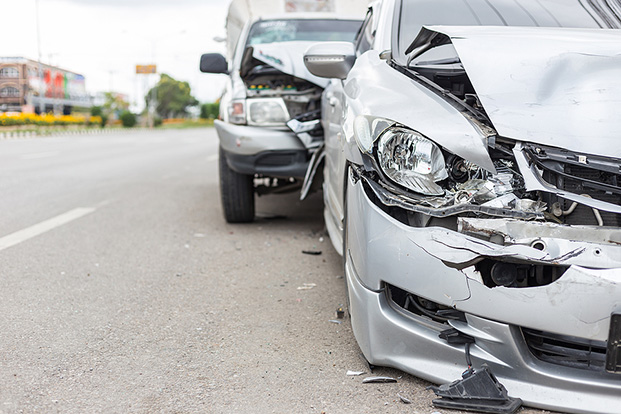What to Do After a Car Accident: A Step-by-Step Guide
January 8, 2025
We hope you are never in a car accident. Knowing what to do immediately after an accident and how to file a claim can help make this experience less stressful. Here’s what you need to know.
At the Scene
Once an accident occurs, stay calm and courteous and do your best to protect yourself and others in the vehicle.
Stay Safe.
If safely possible, pull your car over to the side of the road or into a nearby parking lot. Check in with others in your vehicle. Are there any injuries? Are you safe where you are? If you need help, call 9-1-1 to report your emergency. Don’t move anyone with an injury; if you can’t get the vehicle to a safe location out of traffic, stay inside your car.
Take Pictures
Take pictures that show what happened. Be sure to include photos of the license plates of the other vehicle, the location where the accident occurred, the weather conditions where you’re at, the passengers in the vehicle, and the condition of the vehicles themselves.
Exchange Information
Exchange information with the other driver. Get the driver’s name, address, phone number, license plate number, and insurance information. While you’re doing this, avoid admitting fault or apologizing. Saying anything that can admit fault may muddy the waters if there is a dispute over who caused the accident.
Contact the Police
File a police report, even if the accident is minor. Filing a police report can help you during a lawsuit and may be essential for filing a claim with your insurance company. Once the police report has been filed, you can request a copy from the police station.
After the Accident
Contact Your Insurer
If the other party was at fault and there were no injuries, then contacting the other party’s insurance carrier to open the claim might be simpler. However, more and more carriers will direct you to contact your insurance carrier to open the claim.
Contact your insurer to open the claim by providing them with information about the accident. You should be able to do this via phone, the company website, or the app. Be prepared to answer the questions about who, where, when, and what happened. Your insurance company will likely ask for a variety of information, including:
- Other driver contact and insurance information
- Location, time of day, and weather conditions at the site of the accident
- What happened
- What vehicles were involved
- Where the damage on vehicles is located
- Police report
- Photos of the accident
Understand Your Policy
Know what your policy covers and what your responsibilities are. If you have liability-only insurance, your policy will only cover the other driver’s vehicle if you are at fault and will not cover damage to your vehicle.
If you carry collision coverage, your auto insurance policy will cover your vehicle’s repair minus the deductible amount. Your insurance policy will also cover renting a vehicle while your car is being repaired if you carry rental car coverage.
Work With the Adjuster
Your Insurance carrier will assign an adjuster to work on your claim to determine fault and verify coverage. They may request an estimate for repairs or to inspect the vehicle. Please work with your adjuster to ensure your carrier has the necessary information to authorize repairs.
Repair Your Vehicle
Finally, it’s time to repair your vehicle. You can choose the auto repair shop that does the work. Your insurance company may pay your mechanic directly, or they may pay you and let you pay the mechanic.
If your vehicle has been totaled, your policy may pay you the actual cash value of the vehicle (minus the deductible), and you will be responsible for buying a new vehicle yourself. Once the insurance company pays you for the totaled vehicle, they have purchased it.
Get the Best Auto Insurance Policy For You
Your auto insurance policy can protect you from financial distress after an accident. Find the best auto insurance policy for you.
Call us today to get started.
